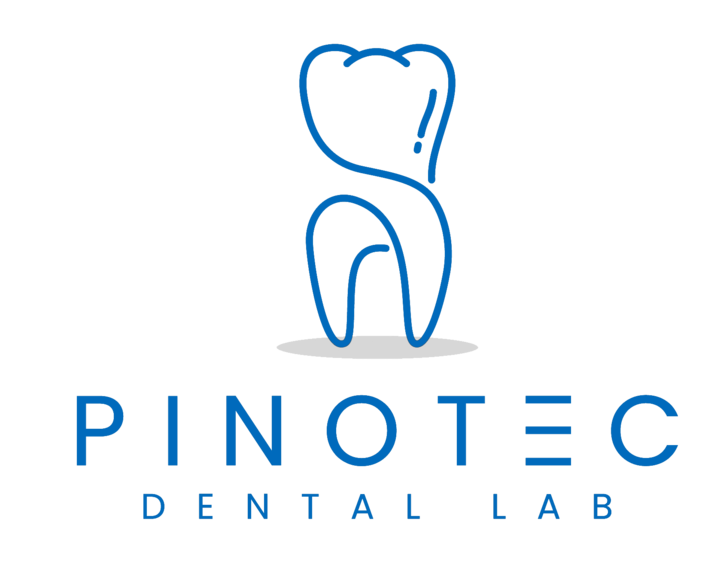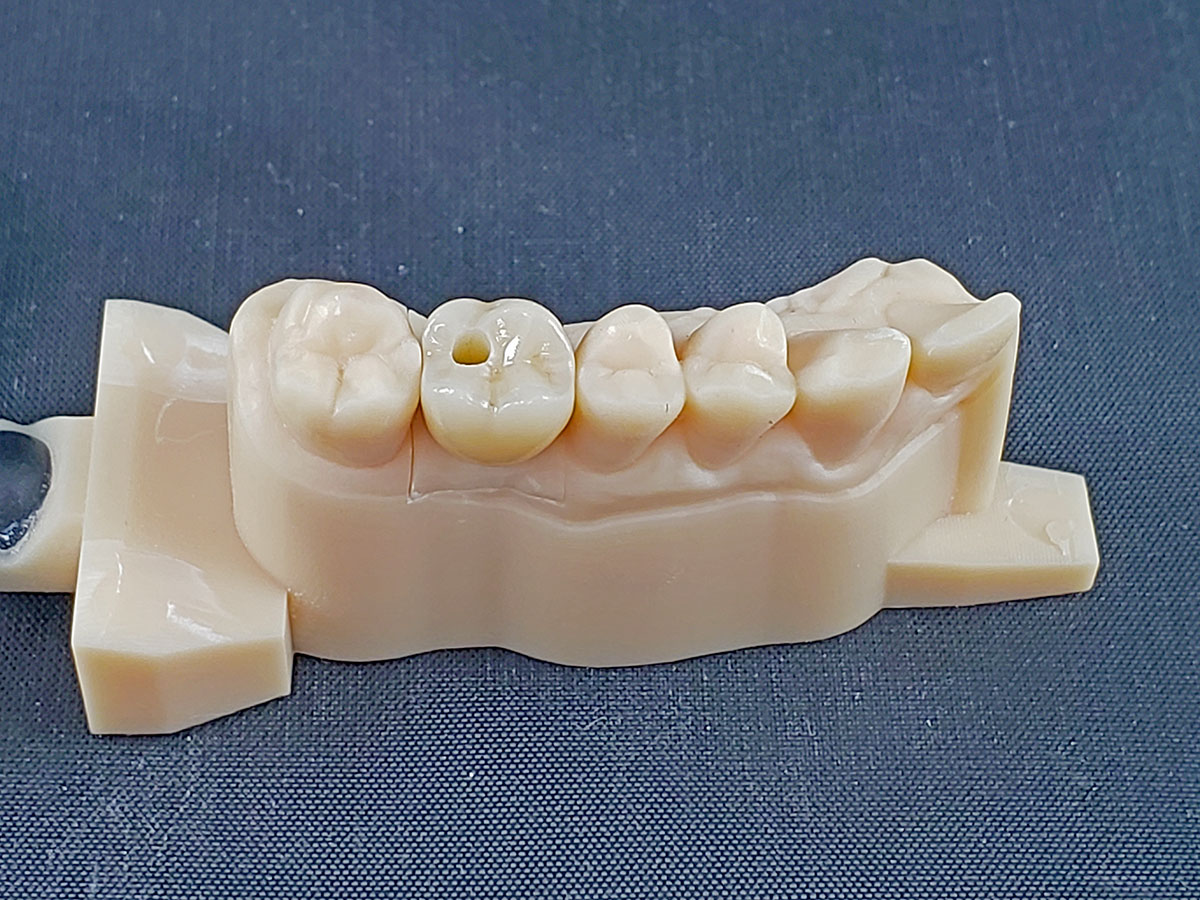Screw-Retained, Cement-Retained, and Screw-Mentable Restorations are different methods of attaching a dental crown, bridge, or prosthesis to dental implants. Each method has its own advantages and considerations, and the choice between them depends on the clinical situation, implant position, esthetics, and ease of future maintenance.
Screw-Retained Restorations
1. Screw-retained restorations are dental prosthetics (crowns, bridges, or full-arch restorations) that are attached to implants using a screw. The screw passes through the restoration into the implant abutment to secure the prosthetic in place.
2. Cement-Retained Restorations
Cement-retained restorations use dental cement to fix the prosthesis to an implant abutment. The crown or bridge is cemented in place, with the abutment usually being permanently attached to the implant.
3. Screw-Mentable Restorations
Screw-mentable restorations combine aspects of both screw-retained and cement-retained methods. These restorations are secured to the implant using a screw, but the restoration is designed to be permanently attached with cement once it is screwed into place.
Conclusion
- Screw-Retained Restorations are ideal for situations where ease of removal, long-term stability, and less risk of cement failure are priorities. They are commonly used in posterior areas or when a patient requires frequent adjustments.
- Cement-Retained Restorations are best for patients seeking superior aesthetics, especially for anterior teeth, where the screw hole would be visible. However, they carry a risk of cement failure and are more difficult to remove if necessary.
- Screw-Mentable Restorations combine the best of both worlds, offering a secure, stable fit with the aesthetic advantages of cementation while retaining the option for easy removal. They are ideal for patients who need a strong, aesthetic restoration with easy access for maintenance.
The choice between these methods depends on the specific clinical situation, the patient’s needs, and the dentist’s experience with each type of restoration.


